Make Your Coffee Great Again: Flowers, Cherries, and Seeds – Oh, My!
A look at the various stages of coffee, from seedling to harvest.
In the first three installments of this series, I discussed my take on Fairtrade practices, personal and direct-trade relationships with farmers, and how the environment affects production and quality. Now that the basics have been covered, let’s talk more about the coffee plant itself.
Seeds and seedlings – the first stages of life
The coffee bean that ultimately makes it into your coffee grinder is actually the seed of the coffee plant and, if not processed for consumption, it can be planted to grow even more coffee (and who would be against that?). Before milling, this seed is covered by a layer of mucilage and a thin outer skin. Together, these form what is commonly called the coffee “fruit” or “cherry.”
The farmers that I’m partnered with in the Tarrazú region of Costa Rica typically replant up to 5% of their coffee farm every year. It generally takes three to five years for the plant to begin producing for the annual harvest, with full production commonly coming after year seven. The first couple of years of harvested coffee is usually discarded because the quality is largely sub-par. Once it is fully mature, a single plant can produce quality coffee cherries for 50 years or longer, depending on plant and soil management.
Seedlings cost around one to two dollars each. That may not seem like a lot of money, but when planting 100 seedlings at a time, the costs can add up – and keep in mind that the average coffee farmer in Tarrazú makes only a few thousand dollars per year from their coffee harvest. Many of the farmers plant sugar cane and banana and avocado trees to help generate supplemental income (as well as offering other benefits to their coffee crop). The added advantage of growing sugar cane is that the discarded parts of the harvested stalks – along with the outer skins from the processed coffee cherries – can be ground into a pulp that is then used as an organic soil for the new seedlings. This pulp not only provides an excellent source of nutrients for the little sprouts, but it also helps with the overall sustainability of each coffee farm.
The seedlings are ordinarily planted during the wet season on the slopes of the farm. Coffee is planted directly on hillsides in order to improve drainage, which is great for the plant, but not so great for the farmers and seasonal workers when it’s time for the annual harvest.
Cherry blossoms? Or blossoms and cherries?
Once a matured coffee plant begins its production years, it kicks off each growing season by covering its branches in small white flowers. The flowers are delicate and only last for a few days at most, but they have a fairly strong, sweet fragrance that’s reminiscent of jasmine. On the fully-matured and higher quality Caturra and Catuai varieties in the mountains of Tarrazú, there can easily be over 20,000 blossoms on each plant! These flowers act as an early indicator for both the quantity and quality of the season’s harvest.
Months after the flowers bloom, the coffee cherries will begin taking shape and slowly maturing in clusters on the lateral branches of the plant. Once the cherries have reached full size, they will begin to ripen – either to a darker shade of yellow or to a red and deep-purple color. (The farmers in Llano Bonito mostly grow the red varieties of Caturra and Catuai.) This ripening process occurs over the course of several weeks, usually after the last of the daily rain showers during the wet season. The start of the dry season commonly marks the beginning of the annual harvest.
(The focusing isn’t great, but you get the point.)
When the harvest season begins, many migrant workers will travel with their families from Panama and Nicaragua to assist the farm owners. For about three months, they will maneuver through the farms and hand-pick the ripe cherries from the branches of the arabica plants. A skilled worker can easily harvest over 100 pounds of ripe cherries per day, despite having to move up and down fairly steep slopes. Once the cherries are picked, they are taken to one of numerous drop-off locations throughout the region where the cherries are later collected and brought to a local mill or farming cooperative to be processed.
Coffee production on a well-managed farm can frequently reach over 3000 pounds per hectare (2.47 acres), with a typical farm size of one to three hectares. The farming cooperative in Llano Bonito currently has over 600 members – and it’s the smallest in the region. The annual harvest from their farmers yields approximately 2 million pounds of consumable coffee beans! Over 80% of these beans earn a premium grade through the certified grading process of the Specialty Coffee Association of America (SCAA).
The process has only just begun
The environment and the quality and care of the arabica plants contributes greatly to the overall characteristics of the coffee plant itself, the cherries it produces, and the taste of the final cup. The farmers that have partnered with me are not only great people who love what they do, but they’re experts at maximizing the potential of every plant and drawing out the best of what each one has to offer. Some of these farmers are not only amazing cultivators of plants, but they excel at the post-harvest processes as well – and several of them are beginning to make investments into their own mills at their farms.
In the next installment of this series, we’ll take a look at the different processing methods that farmers have been refining in recent years. Combined with the already superior quality of the region, that’s when some of the real coffee magic begins!
Prior installments in this series:
Make Your Coffee Great Again!
Make Your Coffee Great Again: The Source Rewards
Make Your Coffee Great Again: Environment is Critical
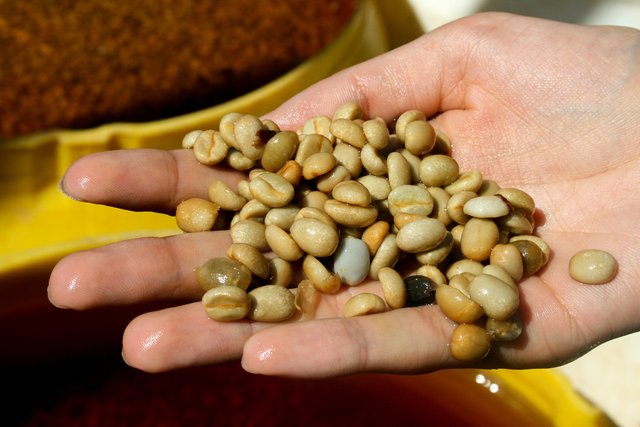
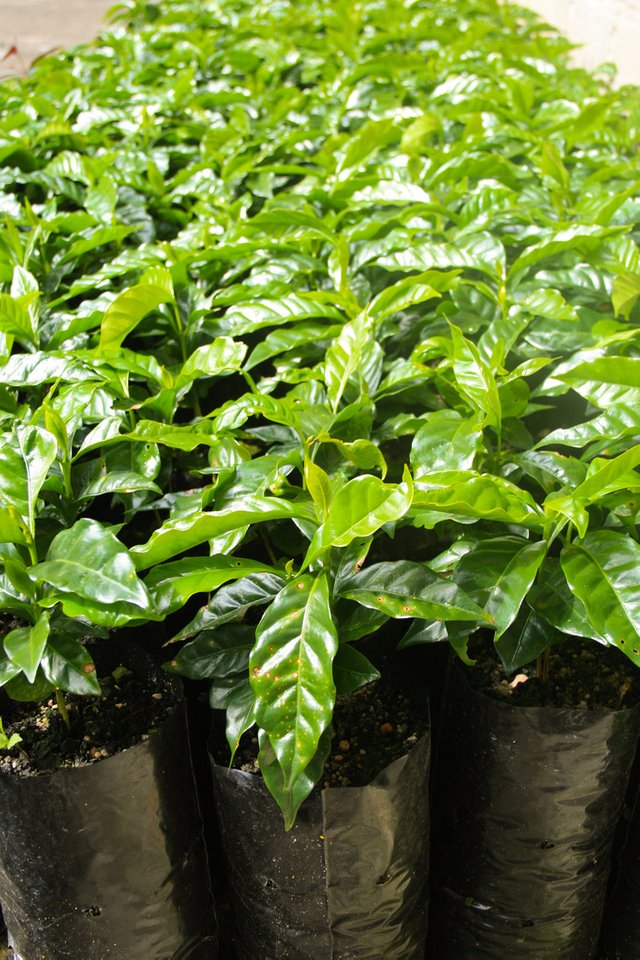
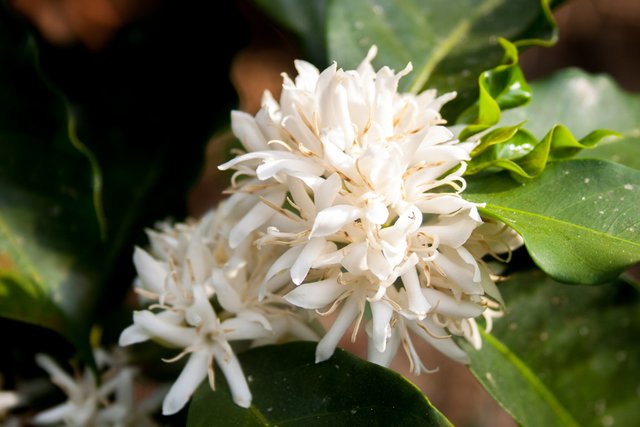
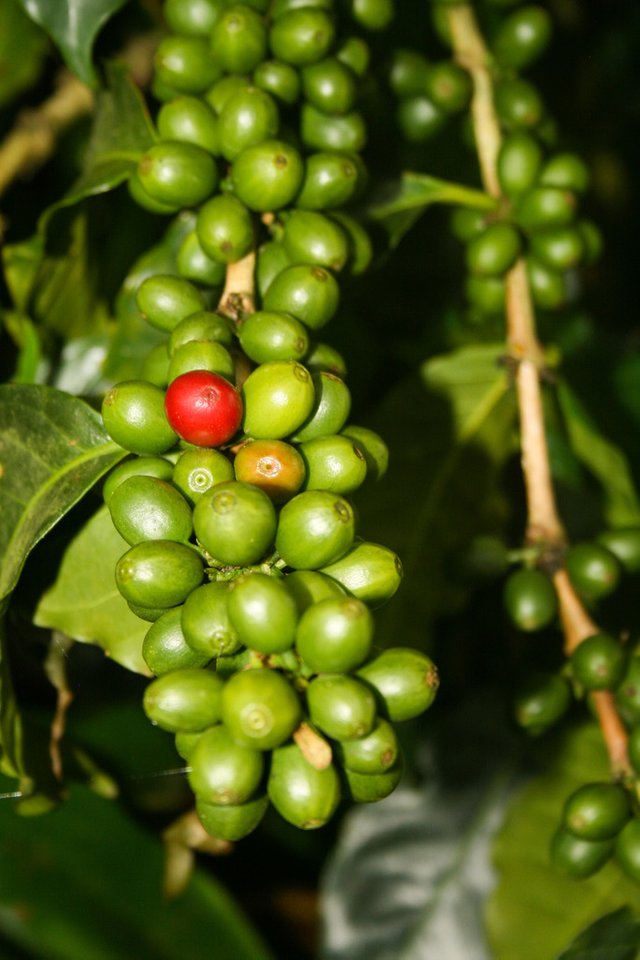
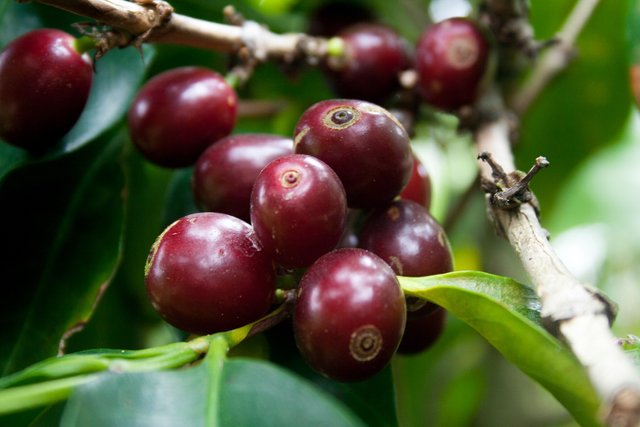
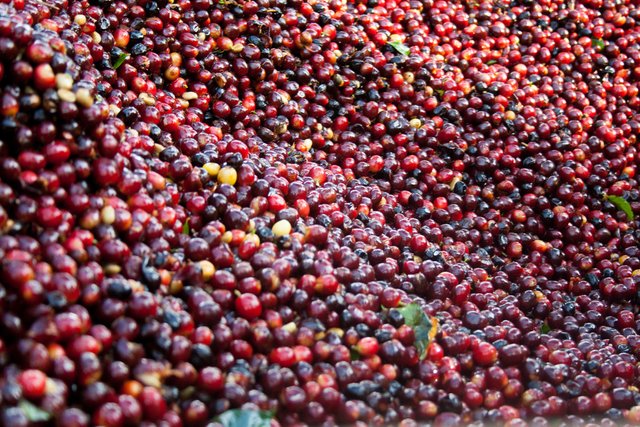
I had no idea coffee flowers were that pretty!
Imagine looking across several acres of a farm and seeing thousands and thousands of them with the backdrop of a valley and another mountian ridgeline behind it. Then imagine the smell when a gentle mountain breeze blows through after a light shower on a cool afternoon!
We should talk. Is your chat handle the same?
Yes - well, it's ats.david
Very nice photos. Love them. keep sharing @ats-david
Thanks for the support! I will keep sharing, indeed.
Great article!
I must have 5 cups of coffee every single day. Good to see how it all begun. Thanks for sharing.
Thanks for taking the time to read it and show your support. It's appreciated very much.
What, you mean it will take on an orange colour??
Joking aside, thanks for posting such a concise and substantial article on one of my favourite subjects.
If it does, I wouldn't recommend drinking it!
what an interesting article about what it takes to get my coffee in front of me each day. I knew the buy at store and brew part :)
You're a lot more knowledgeable than most people then. I think many coffee drinkers only know how to drive to a window and ask for a "double-mocha-java-flat-white-pumpkin-spice-latte-grande" and believe that the beans are actually created by the "baristas" at their local Starbucks. So, good for you!
Nice post!
Take me on your order-list for first harvest :)
I will buy some of your coffee beans.
I'll be sure to let everyone know when the coffee is available. And I'll save a bag for you. Thanks for the support!